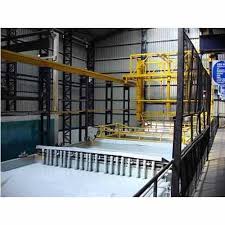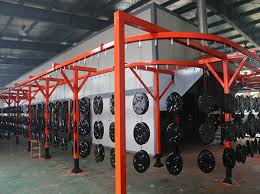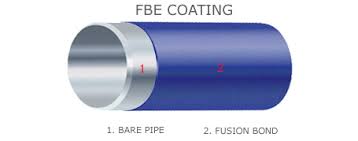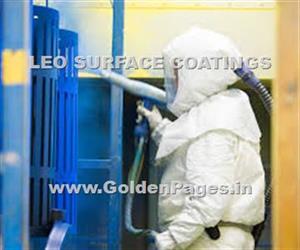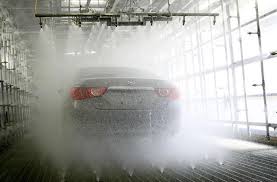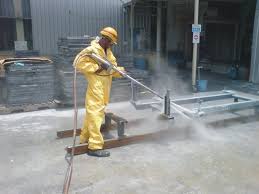LEO SURFACE COATINGS P.LTD.
Featured Products
Highest quality standards are achieved through the implementations of latest technology, decades of experience and everlasting moral values , which have helped us to retain our customers as well as multiply them.
Welcome to LEO SURFACE COATINGS P.LTD.
Liquid Painting Line
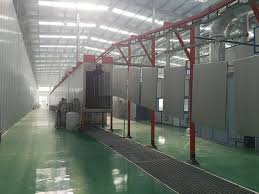
Liquid paint can be applied in many different ways. The three major components of a paint line are pretreatment, application, and cure. The type of industrial application process will be determined by the product, the volume, the quality requirements, and other factors. It may be as simple as a dip tank and a method of hanging parts, or it may be a fully enclosed automated system that allows continuous pretreatment, application, and curing.
The actual layout and specific equipment vary widely, but all paint lines have the same general stages: a loading area, pretreatment or cleaning stage, application stage, curing stage, and unloading area.
The loading/unloading stages are where parts are put on and taken off the paint line. The pretreatment stage is where the parts are prepared for the coating application stage. Cleaning can be done mechanically, such as blasting, or chemically by solvent washing, solvent wiping, power washing, or dipping. After cleaning, the parts are dried by heat or forced air or a combination of the two so that they are ready to be painted.
Paint can be applied by spray method using conventional handheld spray guns, high-volume-low-pressure (HVLP) guns, automatic guns, automatic rotary bells, or discs. The spray equipment can be either nonelectrostatic or electrostatic. Dip systems, flow coaters, curtain coating, or roll coating are other application methods. The curing stage is where the paint film is formed. Paints can be cured by air drying or heating. Ovens for heating are conventional gas-fired, high air velocity gasfired, electric, infra red, UV energy, electron beam, or induction. The ovens can be either batch type or continuous. Parts are moved from one stage to another by manual or automated conveyor systems.
Paint can be applied to a substrate in many different ways. Each method has advantages and limitations. The needs of the product and the manufacturing process will help determine the correct application method. An understanding of the different application processes is necessary in order to evaluate them for a specific task. Most industrial paint systems apply liquid coatings with spray equipment. The liquid coating is delivered from a container to a spray device that uses pressure to break the liquid stream into fine droplets. The even distribution of the liquid paint into a finely divided mist of droplets is called atomization. There are several different types of spray guns and different methods of atomization and pattern control that can be used to control quality and efficiency.
A liquid spray booth is an enclosure around the spray operation that provides containment of the oversprayed paint and controls the spray environment. The spray booth includes an exhaust fan to create negative air pressure inside the booth. The exhaust air contains the overspray, directs paint solids to the filters, and directs the solvent vapors to atmosphere or an abatement system. The booth provides a clean and safe environment for the operator and smooth airflow to enhance paint transfer efficiency. For liquid spray systems, the airflow can be either vertical in a down draft design or horizontal in a cross draft design. Airflow is necessary to contain the paint overspray by creating a slight negative pressure inside the spray booth.
Our Vision
* To embrace new technologies and methods. * To give unsurpassed products and services to the clients. * To constantly look for improvement and changes.



